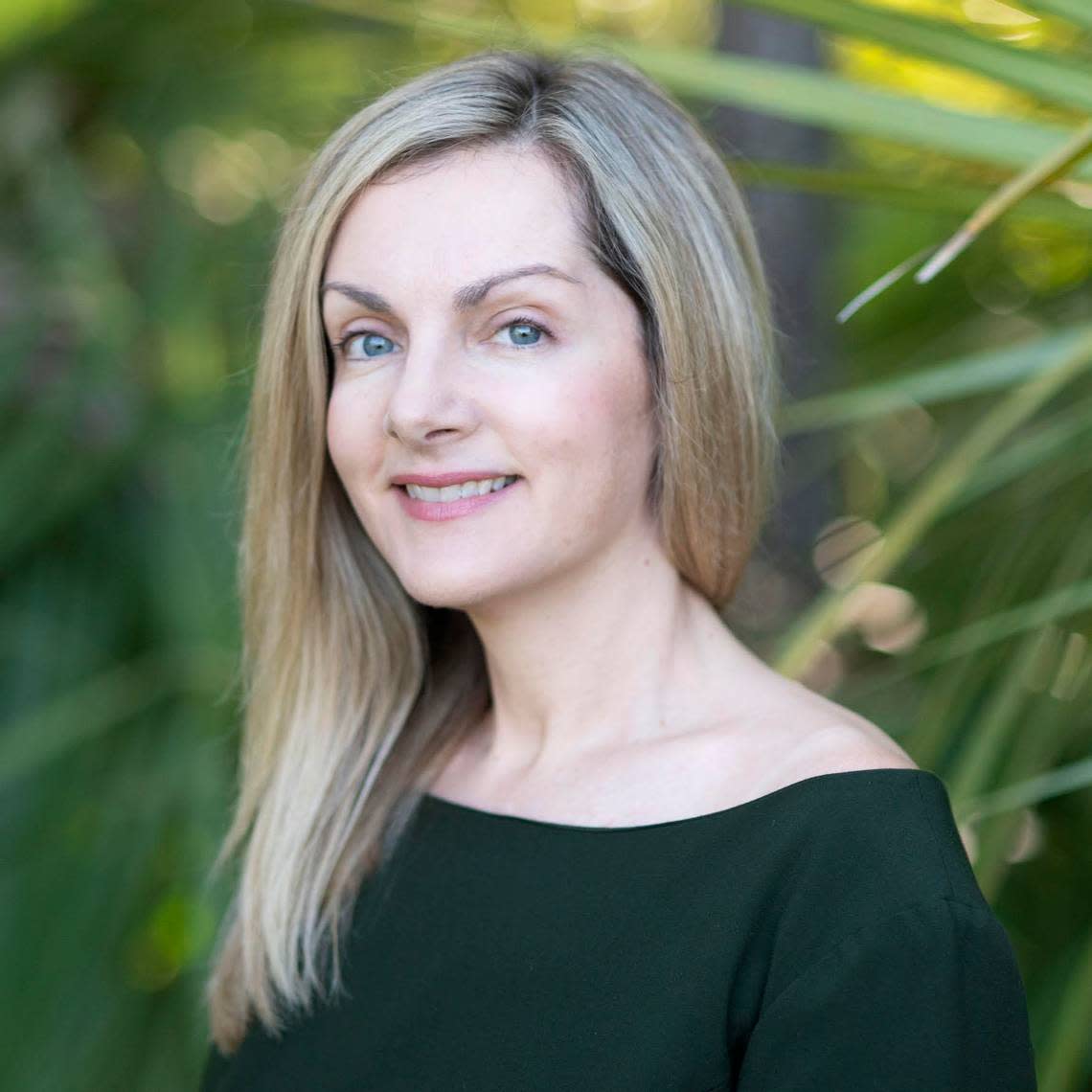There are no good reasons for Miami-Dade to OK industrial complex in a flood zone. None | Opinion
Every major hurricane tests the resilience and wisdom of policymakers.
Hurricane Andrew illuminated the urgent need to implement strong building codes in Florida. Katrina laid bare the inadequacy of New Orleans’ levee-dependent flood-control system.
After Hurricane Ian’s devastating storm surge in Southwest Florida, the will to strengthen coastal land-use and development policies has emerged as a major test for leaders across the state.
Since Ian made landfall in Lee County on Sept. 28, a chorus has sounded to rebuild stronger in afflicted communities. That strategy will only work if county, city and state officials stop weakening growth rules to allow new construction in flood-prone coastal locations in the first place. It is clearer than ever that it isn’t just about how we build but, also, where.
On Tuesday, Miami-Dade County commissioners will face their first post-Ian test on this front. For more than a year, an army of consultants and lawyers, led by a group called Aligned Real Estate Holdings LLC, has been seeking commission approval to convert flood-prone green space in Homestead to a dense industrial park.
Aspirationally named the “South Dade Logistics & Technology District,” the initial proposal sought approval for 9 million square feet of industrial construction on about 800 acres of farmland south of Florida’s Turnpike and north of Homestead Air Reserve Base.
The land is “Coastal High Hazard Area.” The county’s own growth plan describes it as among the areas least suitable for urban development. The site also overlaps with land being considered for the Biscayne Bay component of federal Everglades restoration efforts. For more than a year, the applicants insisted a viable industrial complex required nothing less than 800 acres at this specific ill-suited spot — despite the fact that there is appropriately zoned industrial land available elsewhere in South Dade.
But Aligned failed to convince enough Miami-Dade commissioners to move the Urban Development Boundary in June. So it returned to the commission Sept. 22 proposing a smaller footprint, 350 acres.
That didn’t pass either. Environmental advocates from across the region turned out against the project, led by the Hold the Line Coalition and including Friends of the Everglades, Tropical Audubon Society and others.
Now, Aligned is returning for yet another attempt on Tuesday, with more vague promises of making this project palatable.
The problem is, it can’t be done. Not in a Coastal High Hazard Area. Not when there’s ample land available inside the county’s Urban Development Boundary to accommodate logistics services and create the jobs promised by this applicant. No matter how much the acreage shrinks, it won’t change the fact that this is the wrong place.
There’s good reason Florida law requires local governments to limit public expenditures that subsidize building in Coastal High Hazard Areas. The rest of us should not bear the costs of reckless development.
Tuesday’s decision needn’t be a difficult one for commissioners. Hurricane Ian reminded us, brutally, that Florida is on the front lines of flood risks and storm surge on a warming planet. We can’t erase development that’s already been built in harm’s way — but we can stop destroying vulnerable green spaces to allow more of it.
Miami-Dade, like most Florida counties, has a comprehensive development plan that aims to prevent development in the areas most susceptible to flooding. These policies exist for a lot of good reasons: to protect taxpayer investments in infrastructure; to safeguard neighbors; to protect the aquifer that supplies South Florida’s drinking water; to preserve economically beneficial ecosystems like Biscayne Bay.
It’s been 11 years since Florida gutted its lead growth-management agency, the Department of Community Affairs — but local elected officials still have the power to oppose bad projects.
All Miami-Dade County commissioners need to do on Tuesday is follow their own rules.
There was never any reasonable justification for a giant industrial complex in a Coastal High Hazard Area in Homestead.
After Hurricane Ian, there are no excuses either.
Visit Everglades.org to send a message to county commissioners, asking them to vote “No” on the South Dade industrial complex on Oct. 18.
Eve Samples is a Miami-Dade County native who serves as executive director of Friends of the Everglades, which was founded in 1969 by Marjory Stoneman Douglas.

